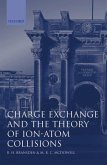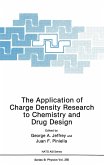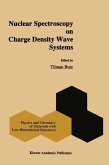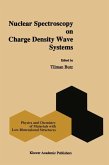Despite 80 years of research, the mechanism of core- collapse supernova explosions and the precise nucleosynthesis of supernovae in general, still hold significant and exciting mysteries for the field of nuclear-astrophysics. What is the central ignition density for the white-dwarf model of the Type Ia supernova? What is the energy spectrum of neutrinos trapped during the collapse and post-bounce evolution of a massive core-collapse supernova? How can simulation reproduce the observed light curves and atomic spectra of these events? Are the explosion mechanisms robust or chaotic phenomena? It appears certain now that the answers to such questions will require a subtle but precise mixture of a wide variety of physics: relativistic transport (radiation, multi-flavored neutrino, and matter), three dimensional effects, and the computational and theoretical power to couple them all to the relevant particle and nuclear reaction networks. This monograph makes a small but important contribution toward this last item, specifically the determination of electron-capture reaction rates on nuclei, reactions which play differing but pivotal roles in all types of supernovae.








